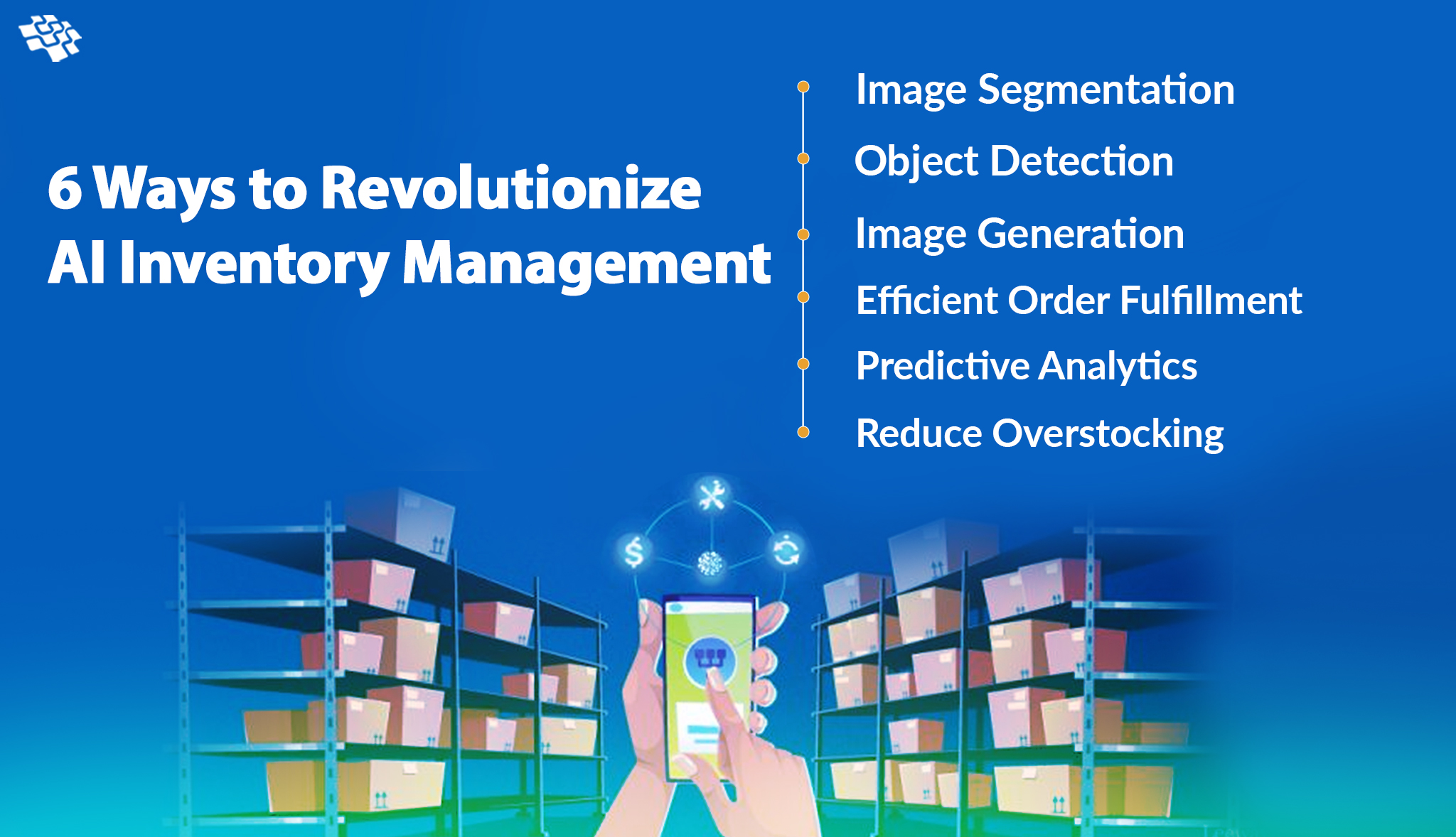
How Computer Vision is Revolutionizing AI Inventory Management?
AI inventory management is revolutionizing large-scale corporate operations by enhancing efficiency and accuracy.
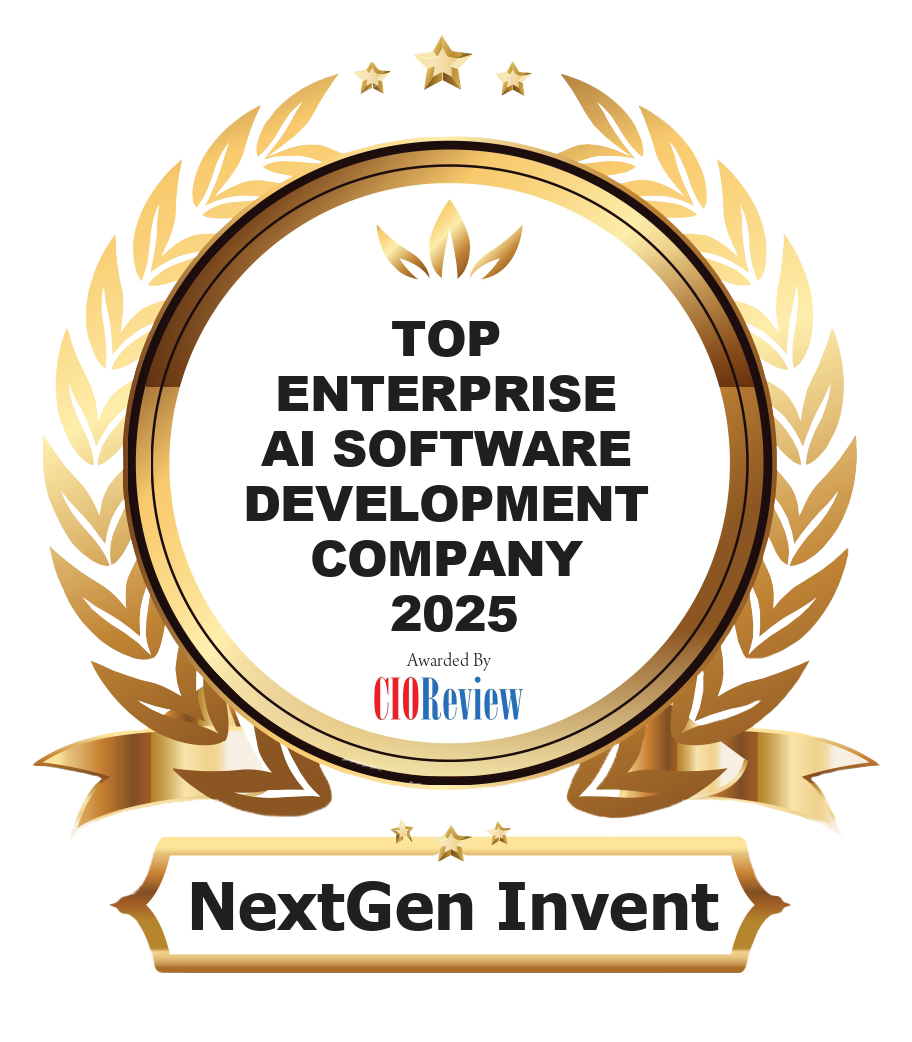
Our AI powered computer vision software services enable enterprises to extract actionable insights from complex image and video data. We develop advanced solutions integrated with ERP, POS, CCTV, and diagnostic software to detect anomalies, analyze medical images, and identify products. Combining agentic capabilities with computer vision, our systems can autonomously perceive, reason, and act.
To meet the diverse demands of multiple industries, our AI and computer vision data scientists have designed scalable solutions incorporating:
Whether it’s improving quality control in manufacturing, enhancing diagnostics in healthcare, or driving engagement in retail and media, our Agentic AI-powered visual solutions are enabling enterprises to unlock new levels of automation, precision, and insight. Explore the future of vision. Explore the future of intelligence.

Agentic AI-driven computer vision enables intelligent, real-time detection of defects across manufacturing workflows. By combining high-resolution image recognition and analysis with adaptive learning models, the system identifies surface imperfections, misalignments, and structural anomalies with exceptional precision. These autonomous visual agents evolve with data, enhancing defect classification over time. The result is reduced waste, lower return rates, higher customer service rating and consistently high product quality, ensuring operational efficiency and meeting stringent quality standards at scale.
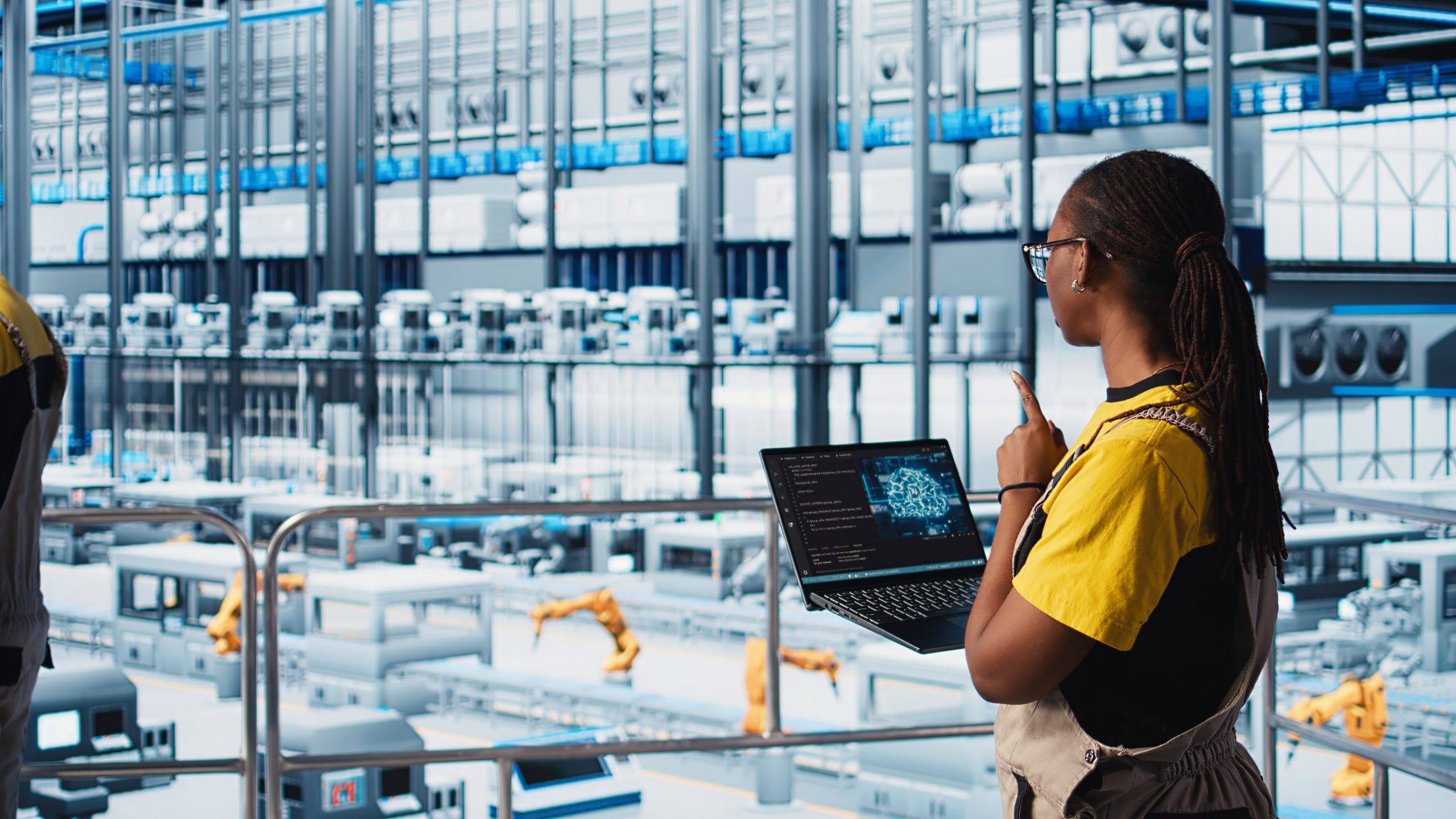
Crowd counting applies computer vision and Agentic AI to estimate individual density and movement in real time across crowded environments. Utilizing self-supervised learning, edge-based inference, and multimodal generative AI, intelligent agents interpret video data to quantify and analyze crowd behavior. This capability enhances public safety, streamlines event and facility management, and informs data-driven decisions in sectors such as transportation, retail, and urban planning.
Smart leak detection applies computer vision to remotely monitor pipelines and critical assets, identifying structural anomalies and leak signatures in real time. Utilizing AI-augmented software engineering and model operations (ModelOps), intelligent systems correlate sensor data, such as flow rate, pressure, and temperature, with visual analysis to detect irregularities. Combined with edge GenAI and context-aware learning, this approach enables scalable, low-latency monitoring, reducing operational risk and enhancing asset performance in distributed environments.

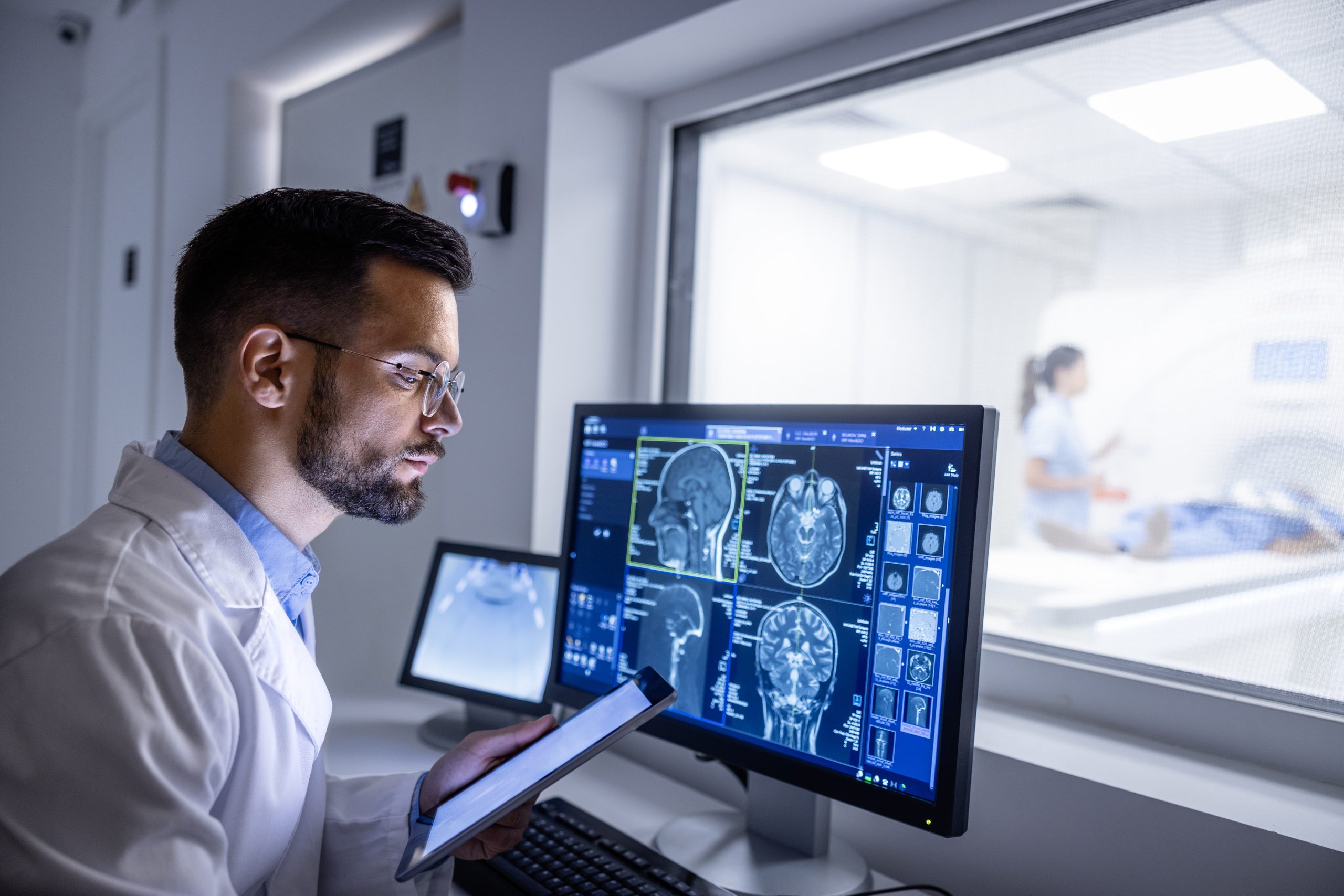
Computer vision enhances early disease detection by analyzing medical images, such as MRIs, pathology slides, and X-rays, to accurately identify tumors, lesions, and structural anomalies. Our AI-powered solution, ImplantIQ, leverages intelligent automation to simplify MRI implant clearance by extracting and validating critical implant data from complex PDFs. By combining advanced medical image analysis with task automation and multimodal reasoning, such solutions accelerate diagnostics, reduce delays, and improve patient outcomes across clinical environments.
Computer vision enhances security systems through real-time object detection, ai facial recognition system software, and anomaly detection, enabling proactive threat identification and faster incident response. By integrating with AI agent development frameworks, intelligent surveillance systems continuously adapt to dynamic environments and evolving threat patterns. These systems strengthen situational awareness, automate alerting, and support resilient, real-time decision-making across public spaces, enterprises, and critical infrastructure.
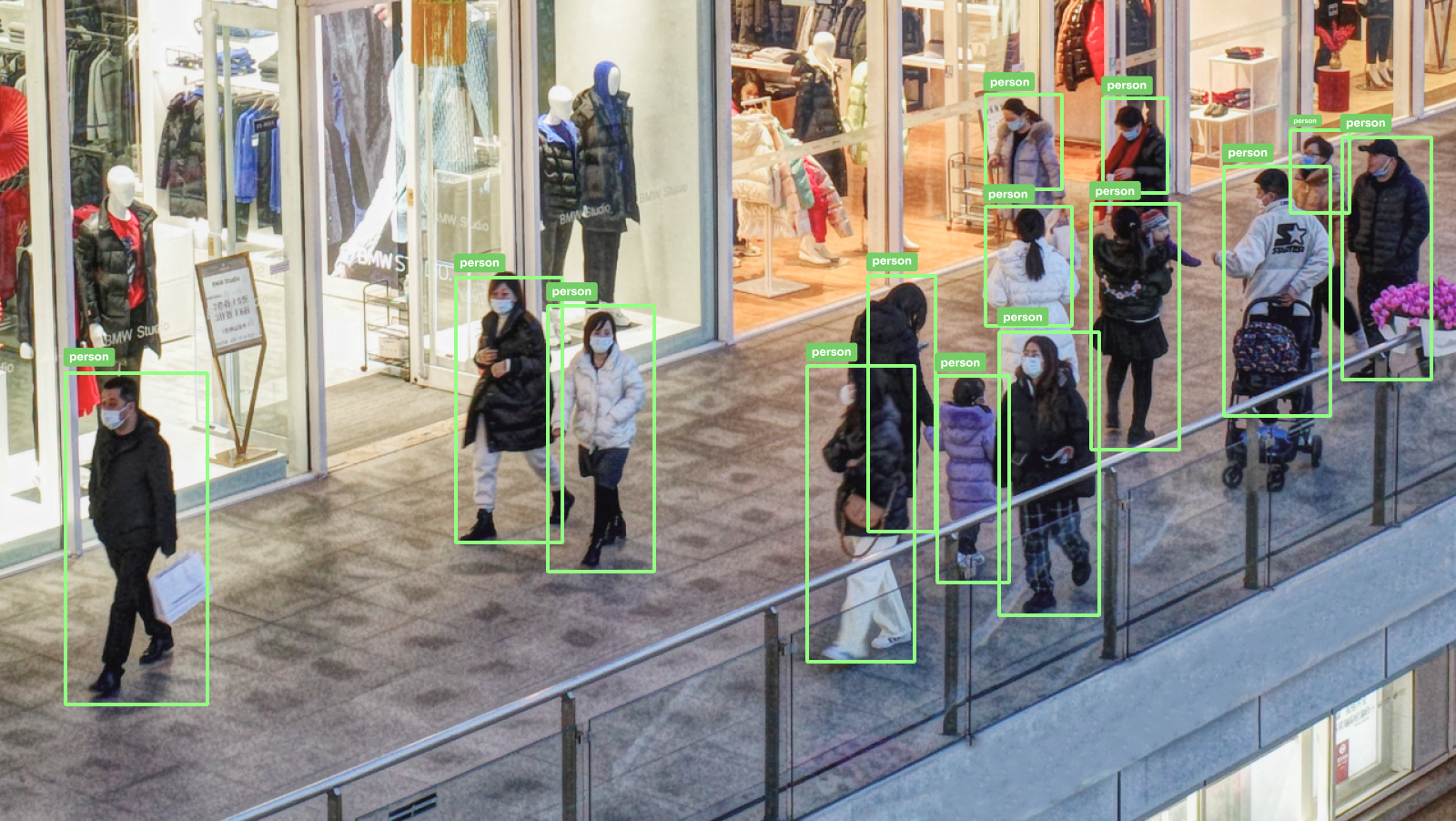
Customer behavior analysis uses computer vision and embedding models to interpret actions, gestures, and engagement patterns from in-store or video data. By integrating with vector databases and domain-specific AI models, these systems deliver real-time insights into foot traffic, product interaction, and dwell time. Businesses gain the ability to optimize store layouts, personalize offerings, and make data-driven decisions that elevate customer satisfaction and boost operational efficiency.
Experienced in building adaptive, goal-driven computer vision systems using cutting-edge Agentic AI technologies.
Proven track record of 600+ AI deployments integrated into clinical, industrial, and logistics workflows.
Deep integration experience with Redox, FHIR, HL7, and IoT protocols across cloud-native Agentic ecosystems.
Rapid co-creation of tailored Agentic solutions aligned with business goals and measurable KPIs.
Vision applications that evolve through interaction, improving performance, usability, and real-world applicability.
Human-in-the-loop design, explainable outputs, and compliance-driven frameworks ensure trust and accountability.
John holds a Ph.D. in Robotics and a B.S. and M.S. in computer engineering. Through his interdisciplinary research, collaborations, and teaching experience, he have been continually working to improve patient outcomes by improving the tools of science and medicine, with an emphasis on applying novel, real-time computer-controlled optics, image analysis, and visualization approaches to build and control unique experimental systems for image-guided interventions, diagnosis, and biomedical research.

AI inventory management is revolutionizing large-scale corporate operations by enhancing efficiency and accuracy.
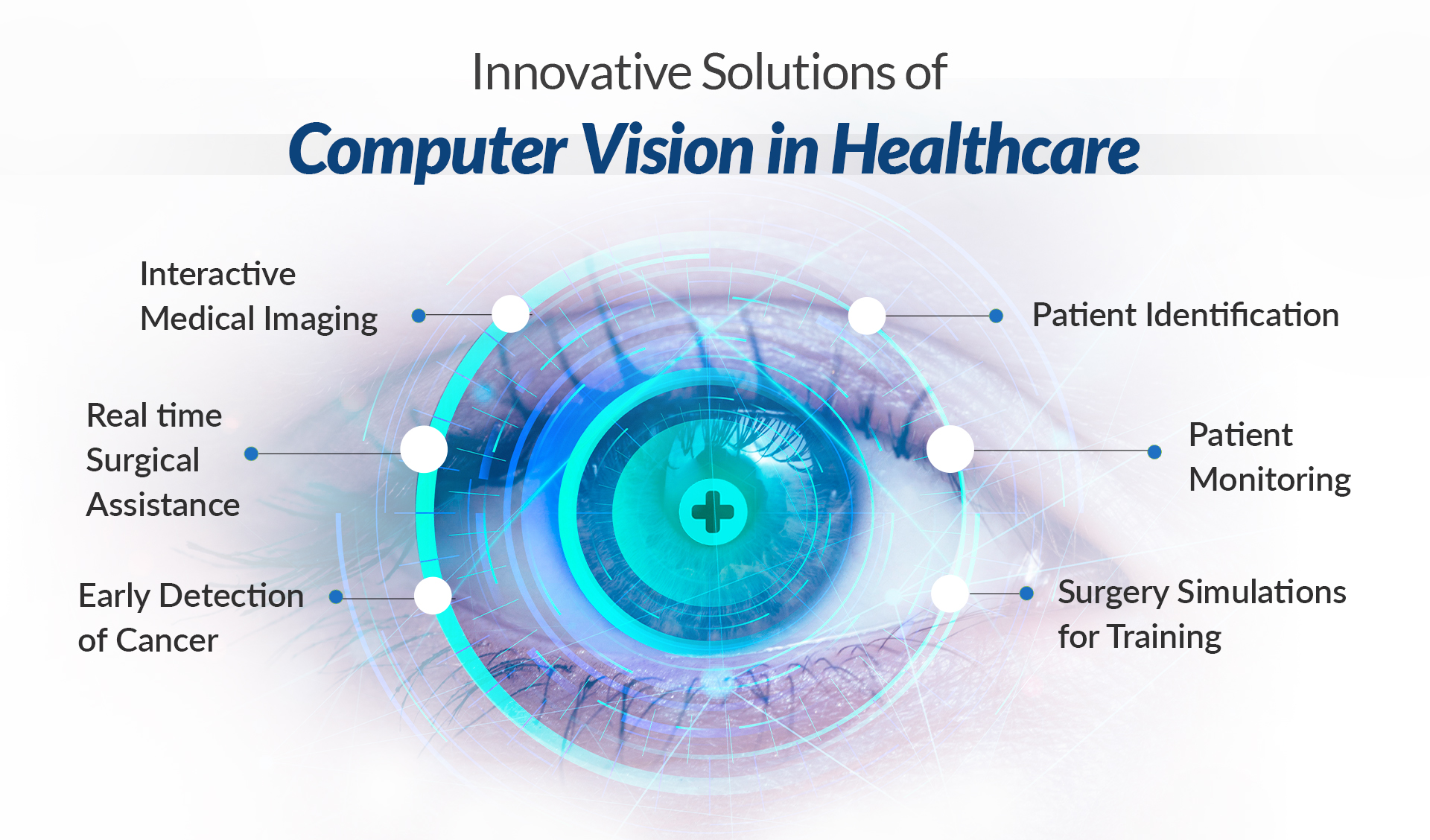
Artificial intelligence and computer vision are fundamental in medical imaging, enabling applications like DICOM image analysis, patient care optimization, telemedicine, blood analysis, diagnostic assistance, and remote patient monitoring.

Computer vision in surgery leverages fiber optic cameras and robots as essential tools for surgeries, especially in the era of minimally invasive procedures.